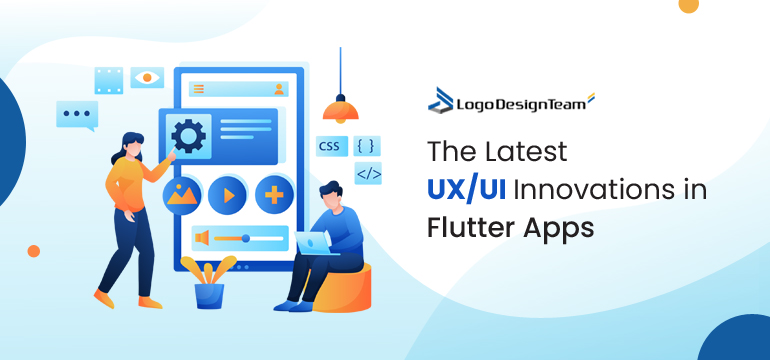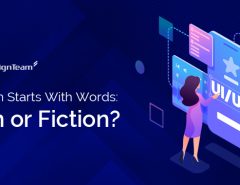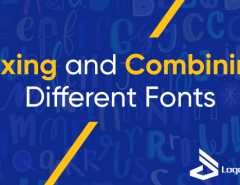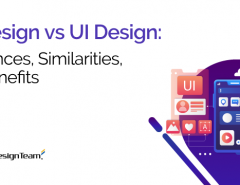A single codebase can now be used to construct desktop, online, and mobile apps thanks to Google’s open-source Flutter UI software development kit. Flutter’s extensive library of widgets and robust architecture makes it simple for developers to create visually appealing and useful user interfaces.
To create captivating and user-friendly applications, developers must stay up to date with the most recent UX/UI trends, as Flutter’s popularity continues to rise.
Let’s examine the major UX/UI developments in Flutter app development that will influence the market.
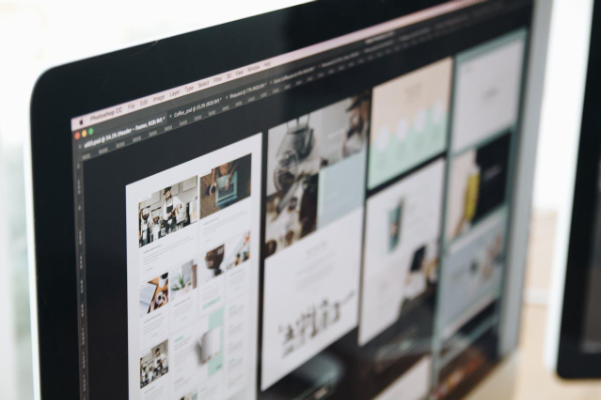
1. Minimalistic Design
For a while now, minimalistic design has been a major trend in UX/UI, and it’s still important for developing Flutter apps. Simplicity, clarity, and functionality are the guiding principles of minimalism. The goal of minimalistic design is to provide an experience that is clear and simple to use by eliminating unnecessary features.
Flutter’s extensive selection of pre-designed widgets and customization options make it simple to achieve a minimalistic style. Developers can produce slick, contemporary user interfaces that emphasize usability and content.
The user experience is improved by highlighting whitespace, using muted color palettes, and having easy-to-use navigation, which makes the software feel more streamlined and approachable.
2. Dark Mode
Dark mode has become a popular feature across many platforms, and its popularity keeps growing. This trend is driven by its stylish look, reduced eye strain, and potential battery savings on OLED screens. Implementing dark mode in Flutter is relatively easy thanks to the framework’s flexible theming capabilities.
Flutter’s ThemeData class lets developers define both light and dark themes for their apps. By giving users the option to switch between these themes, developers can cater to different preferences and create a more personalized experience.
Dark mode can also make certain apps, like those for reading, gaming, or video streaming, look better and be easier on the eyes.
3. Custom Animations and Microinteractions
Animations and micro-interactions are key to making the app experience more enjoyable and engaging. One of Flutter’s standout features is the ability to create custom animations. Developers can use the Animation and AnimationController classes to build detailed and smooth animations that add interactivity to their apps.
Microinteractions, which are small animations or responses to user actions, provide feedback and improve the overall usability of an app. Examples include button presses, swipe gestures, and loading indicators. These small touches can make the app feel more responsive and intuitive, resulting in a better user experience.
4. Neumorphism
Neumorphism, also known as soft UI, combines elements of skeuomorphism and flat design. It creates a soft, extruded plastic-like look by using shadows and highlights to mimic real-world objects. This trend has gained popularity in Flutter app development because of its visually appealing and tactile feel.
To achieve neumorphism in Flutter, developers need to carefully consider shadows, light sources, and gradients. The BoxShadow property and custom painter widgets are often used to create this effect. Neumorphism can be particularly effective for making buttons, cards, and other interactive elements look more tangible and inviting.
5. Voice User Interface (VUI)
Voice User Interface (VUI) allows users to interact with apps using voice commands. With the growing popularity of voice assistants like Siri, Google Assistant, and Alexa, integrating VUI into Flutter apps can offer a hands-free and convenient user experience.
Flutter’s integration with plugins like speech_recognition and flutter_tts (Text-to-Speech) makes it possible to add voice interactions to apps. By enabling voice commands for navigation, search, and other functions, developers can create more inclusive and accessible apps, catering to users with different needs and preferences.
6. Adaptive and Responsive Design
With so many devices having different screen sizes and resolutions, adaptive and responsive design is critical in app development. Flutter’s flexible layout system and widget-based architecture are well-suited for creating adaptive and responsive UIs.
Using widgets like LayoutBuilder, MediaQuery, and Flexible, developers can design interfaces that adapt to different screen sizes and orientations. This ensures a consistent user experience across smartphones, tablets, and even web and desktop platforms. Flutter’s support for responsive design principles, like fluid grids and scalable typography, allows for smooth transitions between different device types.
7. Augmented Reality (AR) Integration
Augmented Reality (AR) is gaining momentum in mobile app development. AR improves the real-world environment by overlaying digital information and interactive elements. Integrating AR into Flutter apps can offer users immersive and engaging experiences.
Flutter’s integration with plugins like arcore_flutter_plugin and flutter_unity_widget allows developers to create AR applications that leverage the capabilities of ARCore and Unity. AR can be used in various apps, including gaming, retail, education, and navigation, to provide users with unique and interactive content.
8. Biometric Authentication
Security and user privacy are very important in modern app development. Biometric authentication, such as fingerprint and facial recognition, offers a secure and convenient way for users to access their accounts and sensitive information. Implementing biometric authentication in Flutter is made easier by plugins like local_auth.
By adding biometric authentication, developers can make their apps more secure while providing a smooth and hassle-free login experience. This is particularly relevant for apps that involve financial transactions, personal data, or other sensitive information.
9. Personalization and Customization
Personalization is a key trend in UX/UI design, as users increasingly expect apps to cater to their individual preferences and needs. In Flutter, developers can use various techniques to provide personalized experiences, such as user-specific content, customizable themes, and tailored recommendations.
By using user data and machine learning algorithms, developers can create dynamic and adaptive interfaces that respond to user behavior and preferences. This can lead to higher user engagement and satisfaction, as users feel that the app is tailored specifically for them.
10. Inclusive Design and Accessibility
Inclusive design and accessibility are important in modern app development. Making sure that apps are usable by people of all abilities and disabilities is not only a legal requirement in many regions but also the right thing to do. Flutter provides several tools and guidelines to help developers create accessible applications.
Flutter’s accessibility features, such as Semantics, Focus, and Accessibility Widgets, allow developers to build apps that can be navigated and interacted with by users with disabilities. Additionally, following inclusive design principles, such as providing alternative text for images, ensuring sufficient color contrast, and supporting screen readers, can make the app more user-friendly for everyone.
Conclusion
Keeping up with UX/UI trends is important for developers looking to create innovative and engaging Flutter applications. By incorporating trends like minimalistic design, dark mode, custom animations, and voice user interfaces, developers can improve the user experience and make their apps stand out in a competitive market.
Additionally, trends such as adaptive design, AR integration, biometric authentication, personalization, and inclusive design contribute to creating apps that are not only visually appealing but also functional, secure, and accessible.
As Flutter continues to evolve, adopting these trends will be key to developing successful and user-friendly applications. To ensure your project leverages these advancements, it’s critical to hire Flutter developers who are proficient in the latest UX/UI trends and technologies.

